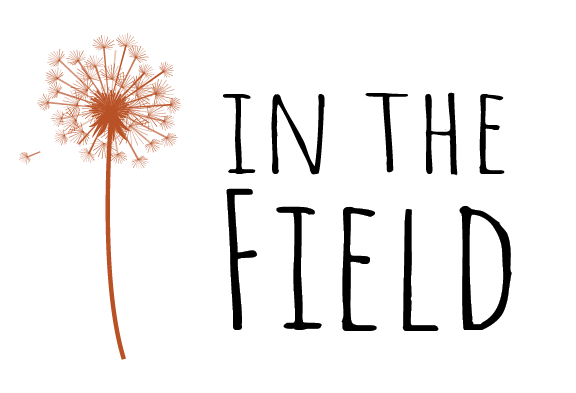In The Field
Lychnis Flos Cuculi 'Ragged Robin' Plant
Lychnis Flos Cuculi 'Ragged Robin' Plant
Couldn't load pickup availability
Lychnis Flos-Cuculi is a charming and beloved perennial plant. This wildflower is native to Europe, where it can be found flourishing naturally in damp meadows and woodlands. Its common name, "Ragged Robin," is derived from the appearance of its distinctive fringed, deeply cut petals, which resemble the tattered edges of a robin's breast feathers. The plant forms loose, flat flower-heads, with only a few individual flowers, each featuring star-shaped petals.
These delightful flowers may vary in colour from purplish pink to white, adding a touch of wild and natural beauty to the landscape. 'Ragged Robin' is an understated yet hardy perennial that you may like to introduce to your own wild patch in the garden.
At a glance
- Clump-forming, flowering plant
- Thrives in both full sun and partial shade
- Valuable addition for supporting local ecosystems
You will receive 1 x Large Plug Plant
| Common Name | |
| Genus | |
| Plant Form | Plug |
| Plant Type | Perennial |
| Climate | |
| Plant habitat | |
| Sunlight | Full sun, partial shade |
| Watering | |
| Flowering period | May - June |
| Flower Colour | Pink |
| Season of interest | |
| Foliage | Deciduous |
| Hardiness Rating (RHS) |
H5 (-15 to -10 °C),H6 (-20 to -15 °C) |
| Soil type | Well-drained soil, clay, loam, peat |
| Soil PH | |
| Size | Height: 50cm, Spread: 50cm |
| Awards | |
| Care notes | Regular deadheading can prolong the blooming period and prevent self-seeding. |
Wildlife Friendly
Ragged Robin is more than just a visually captivating wildflower; it plays a crucial role in supporting local ecosystems and nurturing wildlife. This plant is an excellent choice for cottage gardens, meadows, or any informal and wildlife-friendly landscaping, making it a valuable addition to your outdoor space. Its nectar-rich flowers are like a magnet for pollinators, attracting a diverse array of insects, especially bees and butterflies. Among its frequent visitors are white butterfly species, the Small Pearl-Bordered Fritillary, and the Common Blue, which find sustenance and shelter in its delicate blooms.
In addition to these winged visitors, Ragged Robin is a food source for long-tongued bumblebees and a variety of moths, including the Campion, Lychnis, Twin Spot Carpet, and Marbled Clover moths. Moreover, its role in supporting local ecosystems extends to the realm of bats, as it provides essential nourishment for these enigmatic creatures.
For those looking to create a haven for wildlife, whether in a dedicated wildflower or wildlife garden or along the drier edges of a bog garden, Ragged Robin is a standout choice. Its importance is not only aesthetic but also ecological, contributing to the delicate balance of nature in your outdoor sanctuary.
Share






